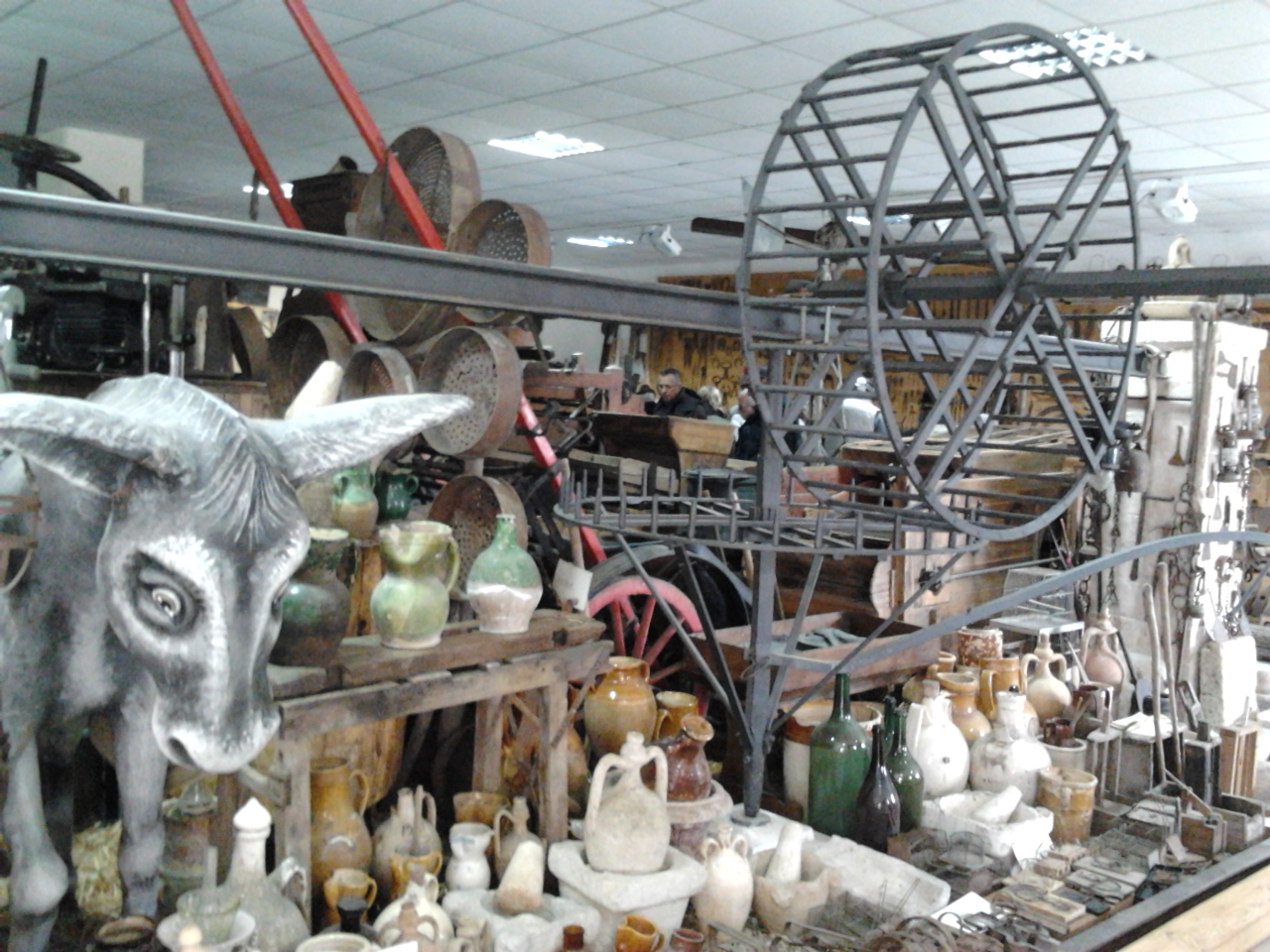Gioia del Colle is home to the Museo della Civiltà Contadina, an extraordinary place located a few kilometers from Bari. This charming city, known for its history of Frederick II and for being an important center of the ancient Peuceti, is famous for its Primitivo wine, extra virgin olive oil and Gioiella mozzarella. Inside the museum, the crafts of the past are not only preserved, but are still vibrant and pulsating with life. Even if the objects and tools have been crystallized in their static appearance, they still manage to tell stories and take us back in time, making us relive the peasant and agricultural tradition of the area.
There is no sense of dust or regret, but rather a direct contact with a past rich in industriousness and vitality, elements that have contributed to making Gioia del Colle a place of great importance and fame, thanks also to the tireless work of its inhabitants. The museum, officially known as the Ethnographic Museum of Puglia, can be considered a vast library of local history, a history that is not written in books but has been collected, preserved and made accessible through this extraordinary collection of objects. This space is open to all those who wish to take a journey into the past and immerse themselves in the sacrifice, ingenuity and greatness of past generations.
The founder and promoter of this project is Vito Santoiemma from Gioia, a veterinarian who shared the genesis and evolution of his precious collection transformed into a museum. His passion for donkeys, inherited from the farm of his maternal grandfather, a well-known breeder in the area, represented the starting point for his collecting adventure. The first piece of his collection was a millstone, used to produce food for donkeys. From his paternal grandfather, Stefano, who was a wood and iron industrialist, he inherited the structure in which the museum is located, along with ancient machinery and the art of making.
After graduating in Veterinary Medicine, Santoiemma began collecting family tools and, over the course of thirty years, the museum has been enriched not only with relics related to now extinct professions, but also with valuable pieces relating to cinematography, typography, and even funeral transport with horse-drawn carriages.
The museum is organized into different sections. Among the tools on display are tools for agricultural activities, such as wooden and iron plows, seed drills, mowers, and tools for animal husbandry. In addition, there are tools related to traditional trades, such as saddler, blacksmith, carpenter, and many others. There are also tools for domestic use and a vast collection of tools for winemaking, wine distillation, dairy and milling activities, and bread making.
An element of particular interest is the reconstruction of a noria, an ancient hydraulic equipment for extracting water from wells, accompanied by a papier-mâché mule, a symbol of the work carried out by these animals. Several mills have also been restored, thanks to the intervention of specialized technicians, whose work is in danger of extinction and will be used for educational purposes for students and visitors to the museum.
The museum is not limited to everyday objects, but also includes carriages, funeral carriages, wind-powered lighting equipment, iceboxes and ice cream machines, photographic equipment and even a survival kit from the Great War. In addition, some traditional clothing and furnishings are on display that recall the peasant life of the past.

 Hot Pepper Taralli
Hot Pepper Taralli
 Sciana
Sciana
 Olio d'Oliva E.V. 100 cl
Olio d'Oliva E.V. 100 cl




















Leave a comment